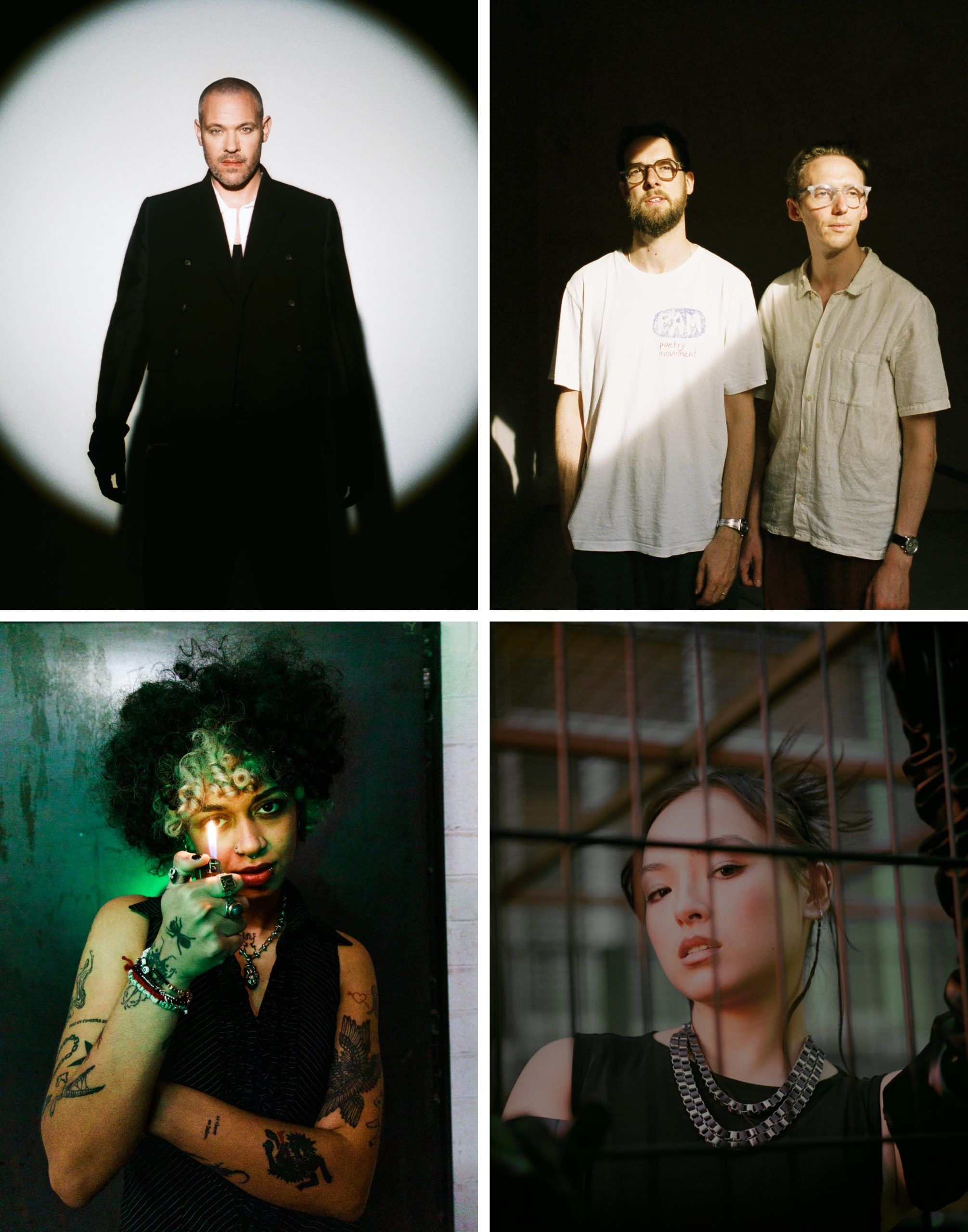Top Festivals in the World
There are many major festivals and holidays, not only a huge number of locals come here, but also many tourists. Where is the best place to go? This question torments many fun-lovers, then read about our top of the most interesting festivals of the planet
Mardi Gras, USA
Mardi Gras is celebrated in the U.S. and many European countries, and it’s generally a pretty peaceful celebration of the world’s equivalent of Pancake Day – but not in New Orleans. Here, what was supposed to be a harmless religious holiday has turned into one of the noisiest and most colorful carnivals in the world. The festivities begin on January 6 and slowly build momentum over two weeks until they reach their climax on Fat Tuesday.
Mardi Gras in New Orleans is something to behold. Here, what was supposed to be a harmless religious holiday has turned into one of the noisiest and most colorful carnivals in the world.
There are costume balls, parties, parades and costumed processions throughout the holiday. The most interesting of these are the Bacchus Parade, with each platform dedicated to some vicious pastime – dating, drinking, cards or something else – and the Mardi Gras Indians Parade, with absolutely amazing costumes on the platforms.
If you go to see the real Mardi Gras, it’s best to go to the Garden District and Charles Avenue rather than the French Quarter on the days of the holiday. Keep in mind, though, that all the good seats there are usually taken as early as six hours before the parade.
Carnival in Rio de Janeiro, Brazil
Carnival in Rio de Janeiro attracts more than half a million visitors from all over the world every year and is rightly considered the largest carnival in Brazil.
The carnival begins with a “coronation,” during which the mayor hands over the reins to King Momo, chosen from all Rio residents for his weight (by no means less than one hundred kilograms) and ability to dance samba, the main dance of the carnival. For all five days of the carnival, the city is indeed subordinate to the new king – with the exception of the police.
The carnival itself for all five days is filled with loud music, lots of girls dancing the samba in extremely open and extremely beautiful costumes, street festivals, beautifully decorated parades, circuses and masquerades.
The carnival takes place just before the beginning of Lent and was conceived as a way to give people a last chance to have some boisterous fun before the long days of abstinence and penance.
Lighting rental, uplighting rental rentforevent.com
Carnival in Rio
Kanamara Matsuri, Japan
This festival is yet another proof that Japan is a completely extraordinary country that should not be judged in terms of conventional norms. The name of the festival Kanamara translates to Russian as “iron penis” and, in general, does not have any secret meaning, but directly refers to the object of the celebration. However, according to one version, it is simply a celebration of fertility and childbearing.
The celebration begins at a small temple in the city of Kawasaki, not far from Tokyo. The temple was built in the Edo era with donations from prostitutes and is meant for them to come and pray for protection from syphilis and other diseases that these girls risked contracting.
The festival lasts seven days, and on Sunday, the last day, a procession is held in which many phalluses of all different colors and sizes (some of them so large that it takes more than ten people to lift them) are carried through the city, and a huge number of shops selling themed souvenirs can be found nearby.
Semana Santa, Guatemala
Antigua Guatemala offers one of the most colorful and unusual Easter celebrations. The celebration begins on Ash Wednesday, the first day of Lent, and lasts for a week, during which processions and parades with figures of various saints are staged in the streets of the city, carpeted with flower petals and beautiful patterns of colored sand. Almost the entire town is draped in black crepe, and the smell of incense is wafting in from everywhere. During the feast, there are performances illustrating the sentencing and crucifixion of Jesus.
All the performances are so skillfully done and the scope of the feast is so great that even convinced atheists cannot help but be moved.
Palio, Italy
Palio is one of the major holidays in Italy. It is a grand race held in the city of Siena twice a year – on July 2 and August 16.
The tradition of horse races in the city dates back to the XIV century. Their main feature is that they are held not on the racetrack, as usual, but right in the city, in the main square. Another peculiarity is that these races are completely alien to the concept of fair play. The riders push, shove and obstruct their opponents, which increases the excitement among the spectators (as, unfortunately, does the frequency of accidents).
Tomatina, Spain
This holiday looks very strange at first glance – crowds of people screaming and floundering in the thick red slurry suggests nothing less than a terrible battlefield. But in fact, it’s not like that at all; it’s just a huge battle of the tomatoes.
Tomatina has long been one of the most visited and fun holidays in all of Spain. The first time it was held in 1945, but no one has been able to find the exact reason why the Spanish suddenly had the idea to start laughingly throwing over-ripe tomatoes at each other. The battle lasts for one hour, when many trucks full of tomatoes arrive in town. According to the rules, the battle must begin as soon as someone manages to climb an oiled pole five meters high, on top of which a pork ham is left for the winner. After that, tomato mayhem ensues, turning all the walls of the surrounding houses and prudently shuttered cafes and stores red, and the level of tomatoes on the ground reaching up to your ankles.
Safety should not be forgotten. Each tomato must be crushed before being thrown, a mandatory rule.
Tomatina is held every year during the last week of August in the Spanish city of Buñol, Valencia region.
Tomatina has long been one of the most visited and fun holidays in all of Spain.
Burning Man, USA
This is probably one of those festivals, which description is simply impossible to give an exact one. It has been taking place for 25 years in Northern Nevada and year after year its only purpose is self-expression.
Visitors should remember that the organizers have taken it upon themselves to provide them with nothing but entertainment for the duration of the show. Food, drink and lodging should be taken care of on your own.
A huge number of musicians, dancers, designers, artists and other creative people of all kinds and suits gather at the venue and begin to build something there, decorate and paint, make installations and dress up for the sole purpose of a show in all its glory and their art. The resulting structures often have a completely fantastic view, and the participants walk around in unusual costumes, so that the feeling of an eight-day vacation in a magical land is absolutely guaranteed to all visitors.
Some of the works are burned by the creators even before the end of the show, which is also an amazing spectacle.
Diwali, India
The name of the festival of lights Diwali translates from Sanskrit as “bunch of fire.” The festival symbolizes the victory of light over darkness and lasts for five days.
Diwali is celebrated in different ways in different parts of India. In most areas, the festival is dedicated to Lakshmi, the goddess of wealth and fertility. For her houses are carefully cleaned, fires are lit everywhere, offerings in the form of coins dipped into bowls of milk are left for her, and windows and doors are left open at night to make it easier for her to enter the house. In the south, Krishnu’s victory over Narakasutra is celebrated instead. In honor of the holiday, Hindus smear themselves with coconut oil, which cleanses them of their sins. And in the east, Diwali is dedicated to Kali, who symbolizes the cult of power. First, prayers are offered in front of images of the goddess, and then they are immersed in the waters of ponds and rivers.
Diwali is celebrated even by Muslims, only in a slightly different way. During the days of the holiday they play dice and cards, because it is believed that Lakshmi will definitely bring them good luck.
But something unites all regions of India, regardless of the method of celebration. The streets of all cities and villages are lit up with lots of lights and fireworks. Combined with India’s inherent brightness of both nature and the attire and decorations of homes, it looks simply stunning.
Day of the Dead, Mexico
Despite its somber name, this is an absolutely amazing warm family holiday. It has been around since long before Spanish culture arrived in Mexico and is closely tied to the Mexican mentality. The writer Octavio Paz once said of the special attitude toward death in this country, “A Mexican, instead of being afraid of death, seeks its company, teases it, flirts with it. It is his favorite toy and enduring love.”
On the night before Christmas, the main square in the city of Oaxaca displays a huge number of graceful sculptures made from radishes. This means that it is Radish Night.
The holiday is held every year in early November. During these days, the living should remember their deceased relatives and give them the opportunity to return to the family for a while. For the duration of the holiday the cemeteries, lavishly decorated with flowers, become a place for picnics, in which those who have already passed away should also take part.
All the main events take place on the second day of the holiday. There are parades in which the participants paint beautiful masks of skulls on their faces. In the rare towns they are held in a solemn funereal atmosphere, but usually the Mexicans prefer the fun, dancing, songs and bright colors that make for a truly enchanting grotesque spectacle.





